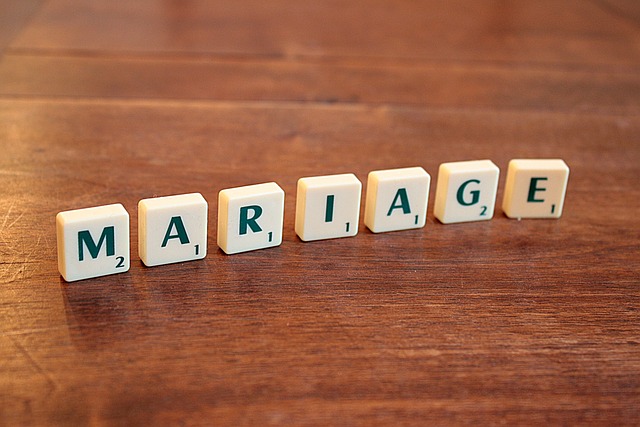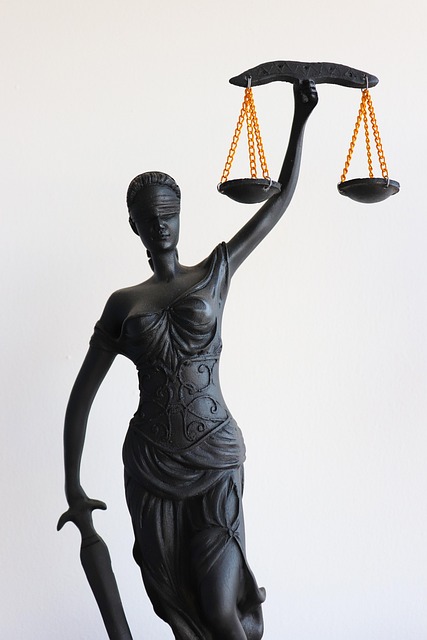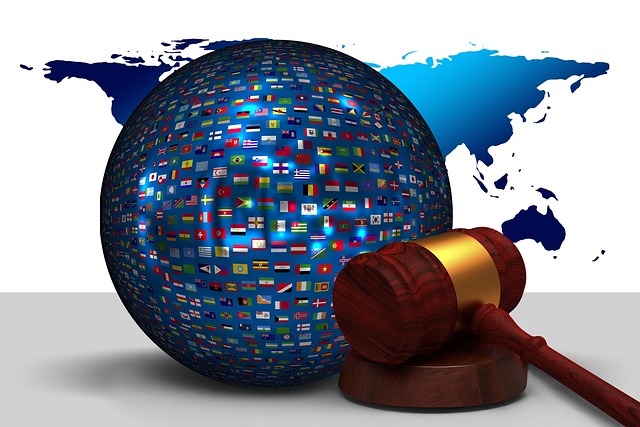The evolution of regulatory fraud laws reflects a shift from punishing individuals to targeting organized crime networks, focusing on corporate responsibility and transparency. In complex fraud cases, understanding jury biases is vital for successful prosecutions. Biases like confirmation bias and the anchor effect can significantly impact verdicts, leading to unfair judgments. Courts combat these issues with strategies like rigorous juror screening and neutral instruction language. Media influence poses a challenge, requiring lawyers to navigate sensationalized coverage effectively. In high-stakes fraud trials, diverse jury selection, transparent methods, and educational presentations mitigate biases for just verdicts.
In the intricate landscape of regulatory fraud laws, understanding jury biases is paramount for securing just outcomes. This article delves into the historical evolution of these laws, dissecting key elements of criminal jury trials. We explore common biases that significantly influence decisions and analyze the impact of media and public opinion on juries’ perceptions. Furthermore, it offers practical strategies to mitigate these biases, providing insights crucial for professionals navigating complex fraud cases in today’s legal milieu.
- Historical Evolution of Regulatory Fraud Laws
- Key Elements of Criminal Jury Trials
- Common Biases Influencing Jury Decisions
- Impact of Media and Public Opinion on Juries
- Strategies to Mitigate Jury Bias in Fraud Cases
Historical Evolution of Regulatory Fraud Laws

The historical evolution of regulatory fraud laws reflects a growing recognition of the need to protect the public from deceptive practices. Over time, as economic activities became more complex and interconnected, so did the strategies employed by fraudulent actors. Initially, legal frameworks focused on punishing individual perpetrators, but these laws evolved to target organized criminal networks involved in white-collar crimes. This shift was driven by the understanding that fraud is often a systemic issue, requiring comprehensive regulations and stricter penalties to deter future offenses.
In recent years, the focus has expanded beyond punishment to include measures aimed at enhancing corporate responsibility and transparency. This evolution underscores the importance of addressing not only individual biases but also collective vulnerabilities in the justice system. In high-stakes cases involving complex fraud schemes, understanding jury biases becomes crucial. With an unprecedented track record of successful prosecutions, regulatory fraud laws continue to adapt, ensuring that businesses are held accountable for their actions and that the public interest is protected.
Key Elements of Criminal Jury Trials

In criminal jury trials, understanding jury biases is paramount for achieving extraordinary results, especially when tackling complex cases like white-collar and economic crimes. Jurors bring diverse life experiences and perspectives into the courtroom, which can unconsciously influence their decision-making process. These biases range from personal prejudices to societal stereotypes, shaping how they perceive evidence and witness testimonies. For instance, a juror’s previous experience with law enforcement could affect their trust in police testimony, while cultural stereotypes might cloud their judgment on certain types of evidence.
Attorneys play a crucial role in navigating these biases by employing strategic questioning during voir dire (the jury selection process), presenting compelling evidence, and delivering impactful closing arguments. By recognizing and addressing potential biases upfront, lawyers can ensure a fair trial and increase the likelihood of a just verdict. In white-collar and economic crimes cases, where the nuances of financial transactions and legal loopholes may be hard to grasp, understanding—and countering—these hidden biases is essential for securing successful outcomes.
Common Biases Influencing Jury Decisions
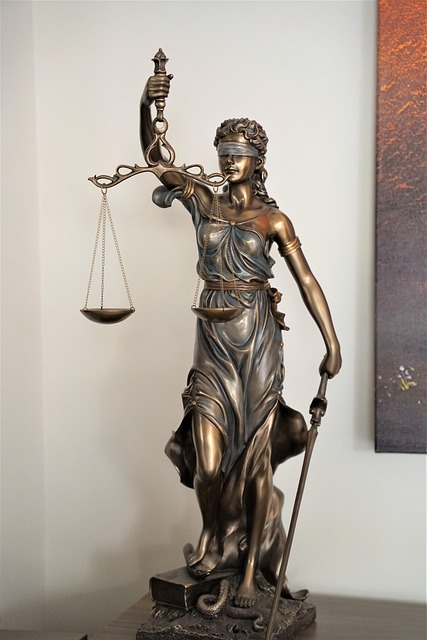
Understanding Jury Biases in Criminal Cases
In criminal trials, jury decisions are pivotal, yet they can be significantly influenced by various biases that may subconsciously affect jurors’ perceptions. One prominent bias is confirmation bias, where individuals tend to favor evidence that supports their pre-existing beliefs while disregarding contradictory information. This can lead to an unfair assessment of the defendant’s guilt or innocence. Another common bias is the anchor effect, where initial impressions or numbers presented early on in a trial can unconsciously sway jurors’ subsequent judgments, potentially favoring the prosecution’s narrative.
These biases are not isolated; they often interweave and reinforce each other. For instance, when a case involves high-profile figures or issues of national interest, jurors may feel pressured to conform to societal expectations within their philanthropic and political communities across the country, leading to groupthink. To avoid indictment due to these biases, courts and legal professionals must employ strategies that encourage impartiality, such as thorough juror screening, balanced presentation of evidence, and neutral language in instructions.
Impact of Media and Public Opinion on Juries

The media plays a significant role in shaping public opinion, which can greatly influence jury decisions in criminal cases. With the power to set agendas and disseminate information, media outlets have the potential to sway public perception, creating a ripple effect on judicial proceedings. Sensationalized coverage of high-profile crimes or controversial legal battles can lead to pre-determined judgments among jurors, even before they enter the courtroom. This phenomenon is particularly concerning in high-stakes cases, where substantial penalties are at stake and the pressure to render a verdict that resonates with public opinion is immense.
Understanding these jury biases is crucial for crafting effective winning challenging defense verdicts. Lawyers must be adept at navigating the media landscape, ensuring their clients receive a fair trial untainted by prejudiced opinions. By recognizing the impact of media influence, legal professionals can develop strategies to present cases objectively, focusing on the facts rather than speculative narratives that might cloud public perception and ultimately hinder efforts to secure positive outcomes for respective businesses or individuals in legal disputes.
Strategies to Mitigate Jury Bias in Fraud Cases
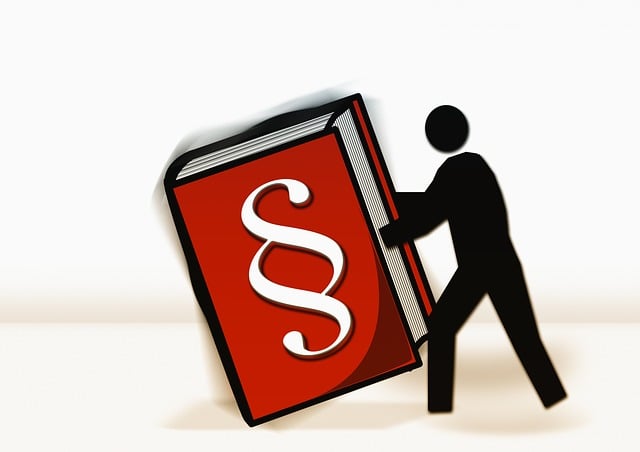
In high-stakes fraud cases, understanding jury biases is crucial for achieving just verdicts. Jury selection plays a pivotal role in mitigating potential biases, ensuring fair trials for both corporate and individual clients. Lawyers must delve into the panelist’s background, attitudes, and experiences to identify any preconceived notions or influences that could affect their decision-making. This process, known as voir dire, is an art that requires attorneys to ask thoughtful questions aimed at uncovering hidden biases. By revealing potential issues early, counsel can peruse a more impartial jury.
Additionally, maintaining a diverse courtroom pool and promoting transparency during selection can help combat bias. In cases involving complex financial schemes or intricate corporate misconduct, across the country, judges are encouraging innovative strategies to educate juries. These methods include interactive presentations, expert witness testimony, and clear, concise instructions to guide their understanding. Such approaches ensure that jurors grasp the intricacies of fraud, reducing the likelihood of biased interpretations based on misunderstandings or personal biases.
Understanding jury biases is crucial for navigating complex fraud trials. By examining historical developments, key trial elements, and the influence of media and public opinion, we can identify common pitfalls. Implementing strategies to mitigate these biases, such as diverse juries and thorough questioning, ensures a fairer process. In today’s digital era, where fraud evolves rapidly, recognizing and addressing jury biases is essential for delivering just outcomes and maintaining public trust in the criminal justice system.
